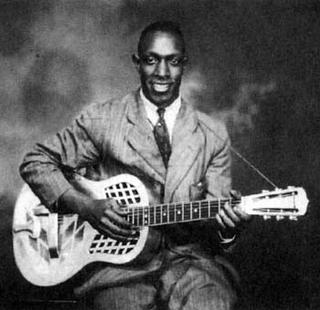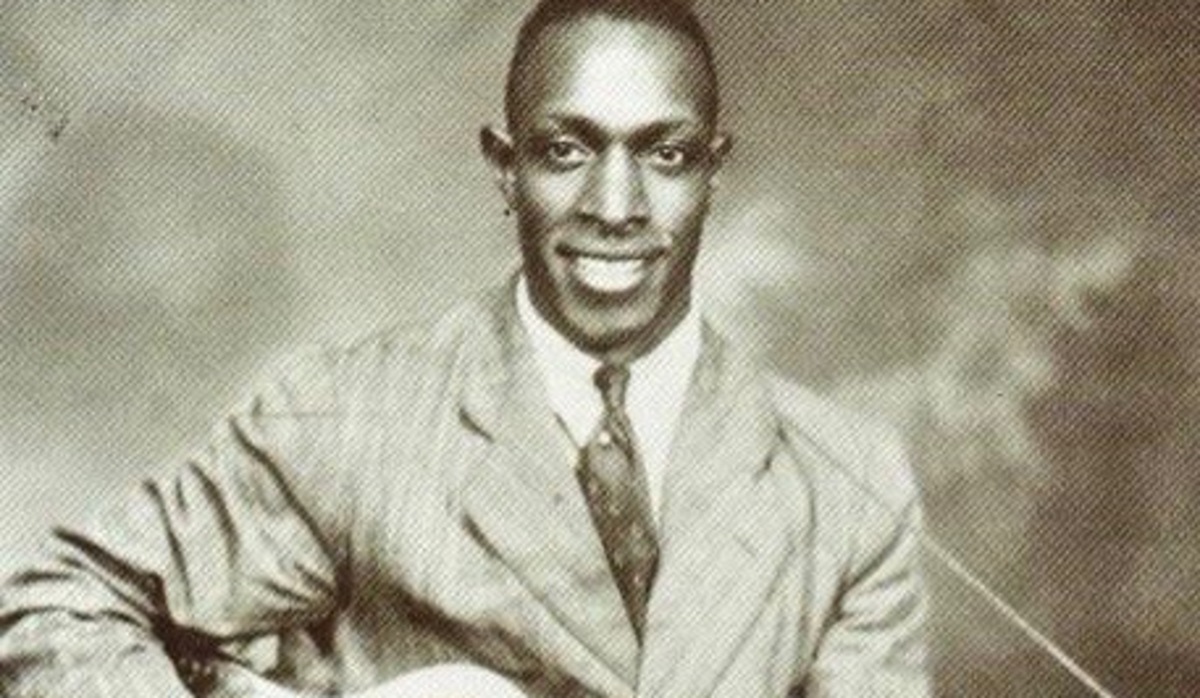Peetie Wheatstraw, one of the most influential and enigmatic blues musicians of the pre-war era, left an indelible mark on the genre with his distinctive style and mythic persona. His music, characterized by powerful vocals, intricate piano playing, and a unique lyrical approach, shaped the evolution of blues and inspired generations of artists.
Early Life and Origins
Born William Bunch on December 21, 1902, in Ripley, Tennessee, Peetie Wheatstraw spent his early years in Arkansas, primarily in Cotton Plant. Little is known about his childhood, but it is believed that he was musically inclined from a young age. By the late 1920s, he had moved to St. Louis, Missouri, a major hub for blues musicians at the time. It was there that he began to develop his distinctive style and persona.
The Devil’s Son-in-Law and High Sheriff from Hell
A defining aspect of Wheatstraw’s career was his larger-than-life persona, which he crafted through his music. He frequently referred to himself as “The Devil’s Son-in-Law” and “The High Sheriff from Hell,” creating a supernatural and mischievous image. This mystique, combined with his raw musical talent, made him a standout figure in the blues community.
Musical Career and Style
Wheatstraw began recording in 1930, quickly establishing himself as a major recording artist. His recordings were primarily released by RCA Victor’s Bluebird label, and he gained popularity through his steady output of blues records. His music was a blend of piano-driven boogie-woogie and traditional blues, featuring bold, sometimes humorous lyrics about drinking, relationships, and the hardships of life.
He was particularly known for his unique vocal delivery, which had a rhythmic, almost preaching quality to it. His songwriting often included supernatural and folklore elements, which further solidified his legend in the blues world.
Collaborations and Influence
Wheatstraw worked with several notable musicians of his era, including blues guitarist Kokomo Arnold and pianist Lonnie Johnson. His influence can be traced in the works of later blues legends like Robert Johnson, who may have borrowed elements of Wheatstraw’s persona and musical approach.
His impact extended beyond blues, influencing early rock and roll artists, particularly in the way he blended personal storytelling with a flamboyant stage presence.
Tragic Death and Legacy
Peetie Wheatstraw’s life and career were tragically cut short on December 21, 1941—his 39th birthday—when he was involved in a car accident in East St. Louis, Illinois. Reports indicate that he and his friends had been celebrating when their car collided with a standing freight train. Wheatstraw succumbed to his injuries shortly afterward.
Despite his untimely death, Wheatstraw’s influence endures in blues history. His recordings continue to be appreciated by blues enthusiasts and scholars, and his impact on the development of the genre remains significant. His supernatural persona, innovative musical techniques, and evocative storytelling paved the way for future blues and rock musicians.
Conclusion
Peetie Wheatstraw’s contributions to the blues are undeniable. As one of the early pioneers of the genre, he helped shape the sound and mythology of blues music. His self-created legend as “The Devil’s Son-in-Law” remains one of the most fascinating aspects of blues history, ensuring that his name and music will not be forgotten.
For those interested in exploring early blues, Wheatstraw’s recordings offer a glimpse into a vibrant, evolving musical era. His legacy lives on through the artists he influenced and the deep imprint he left on the blues world.


Comments are closed